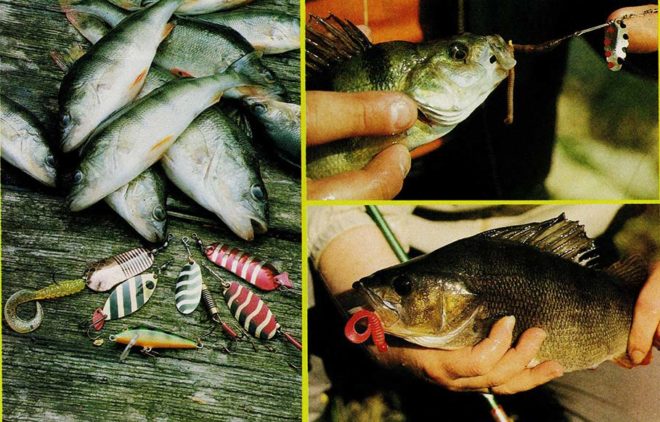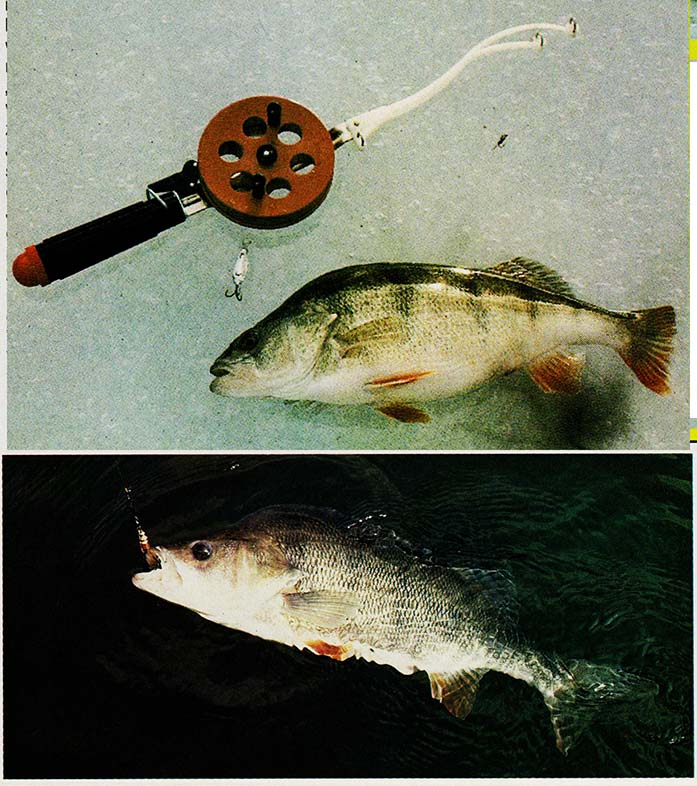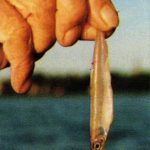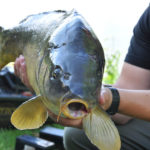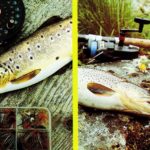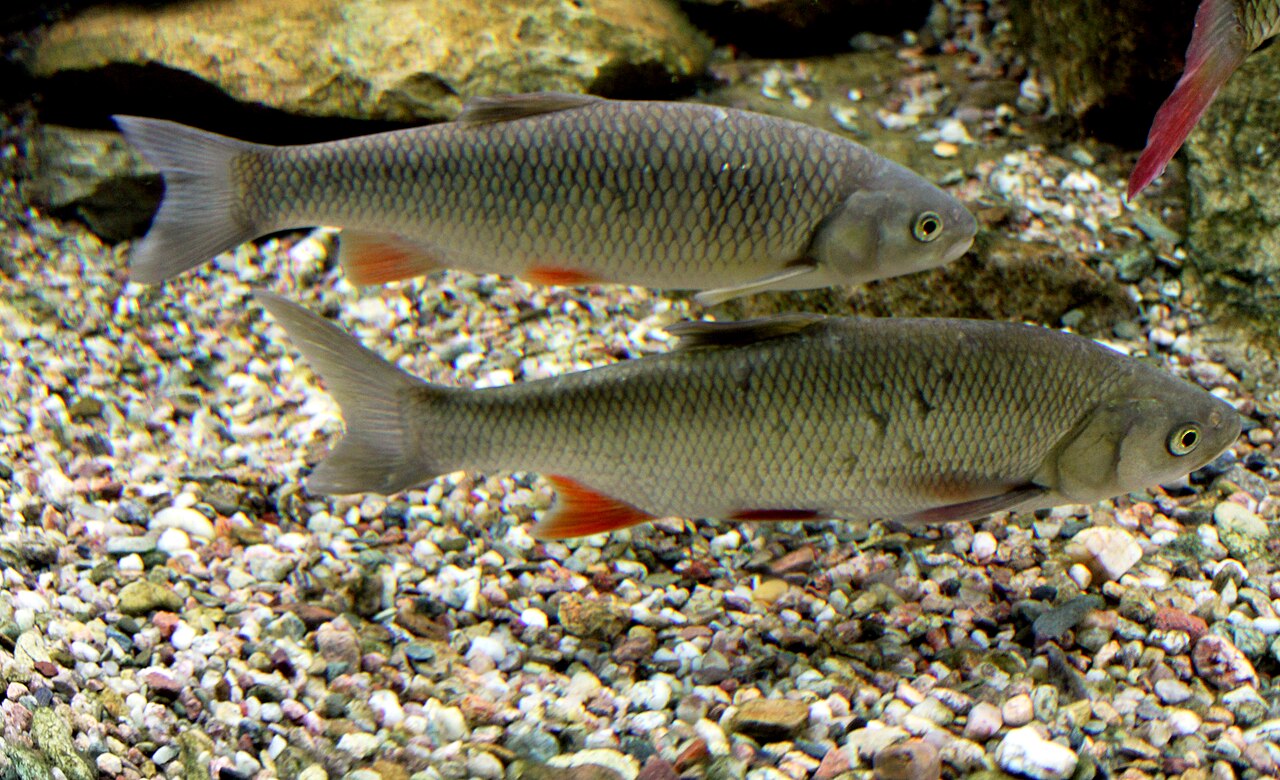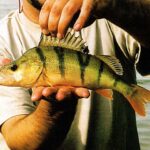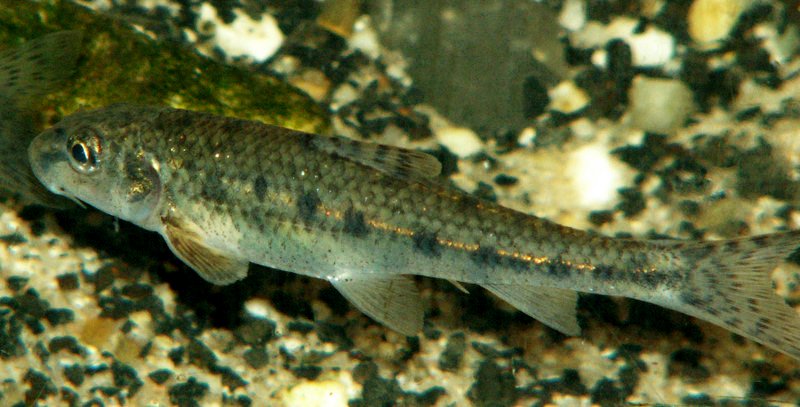Okoń – Perca fluviatilis
angielski: PERCH
francuski: PERCHE
holenderski: BAARS
duński : ABORRE
W gwarze wędkarskiej zwany też garbusem, garbatym, garbackim.
WYSTĘPOWANIE
Od rzeczek pstrągowych po przybrzeżne wody Bałtyku, od torfowych stawów po olbrzymie jeziora zaporowe – okonie są wszędzie, z wyjątkiem niektórych górskich strumieni. Niestety, dobre łowiska z dużymi okoniami można policzyć na palcach jednej ręki; rekordowych okazów należy szukać na przykład w Śniardwach, Mamrach, w jeziorze Żarnowieckim oraz we wszystkich większych jeziorach zaporowych w całym kraju.
Okonie są typowymi „pionierami”. Prawie zawsze pojawiają się pierwsze w nowych zbiornikach wodnych. „Zarybienia“ dokonują przeważnie kaczki krzyżówki i inne ptaki wodne. Ikra okoni przykleja się do piór i łapek ptaków i drogą powietrzną jest przenoszona do różnych akwenów.
OKONIE LUBIĄ PODWODNE GÓRKI. Najlepszymi łowiskami w jeziorach są podwodne wypłycenia, tak zwane górki okoniowe. Miejsca te można dość łatwo znaleźć, gdyż łowią tam, łódź przy lodzi, prawie wszyscy miejscowi wędkarze.
OKONIE DOBRZE BIORĄ PRZEZ CAŁY ROK. Wędkarz, który zna atrakcyjne miejsca, łowi piękne okonie także zimą spod lodu.
OKONIE MAJĄ DUŻE PYSKI, w których, niestety, słabo trzymają się haczyki lub kotwiczki. Niektóre części pyska okonia są twarde, inne bardzo kruche i ostrze haczyka łatwo z nich wyskakuje. Superostra kotwiczka z cienkiego drutu, silne zacięcia oraz siłowy hol to najczęstsze przyczyny zrywania się okoni.
Znalezienie małych okoni nie jest trudne. Ryby te stoją prawie pod każdym pomostem, w pobliżu betonowych umocnień brzegowych, spotyka się je też w większości portów. Nawet jeżeli nie widać pręgowanych drapieżników w wodzie, wystarczy zarzucić wędkę spławikową z żywą rosówką na haczyku, a po chwili zatrzepocze się na żyłce okonek. Spóźnione zacięcie kończy się zazwyczaj „operacją” ryby, gdyż okoń łapczywie i głęboko łyka przynętę. Dla wędkarzy nastawiających się na łowienie dużych węgorzy lub linów, brania okoni są prawdziwym utrapieniem. Drapieżniki te dobrze żerują o każdej porze roku. Nie tracą apetytu nawet w środku zimy oraz podczas wędrówek tarłowych (marzec-maj) do płytszych miejsc. Małe okonie są częstą zdobyczą wędkarzy, duże natomiast trafiają się niezmiernie rzadko, ponieważ w wielu zbiornikach wodnych i rzekach nie ma prawie wcale okoni o masie ponad 1 kg. Okonie są niezwykle płodne i gdyby nie „mechanizmy obronne“ przyrody, w wodzie szybko mogłoby dojść do zachwiania równowagi biologicznej. Jeżeli okoni jest zbyt dużo, populacja szybko karłowacieje i żadna z ryb nie dorasta nawet do średnich rozmiarów. Jeżeli jest bardzo mało okoni, nie oznacza to, że dorosną one do imponujących rozmiarów. Rekordowe okazy są kanibalami; osiągnęły swe rozmiary zjadając małe osobniki własnego gatunku.
Wielkie okonie są bardzo kapryśne. Trzymają się zawsze na granicy stada lub wiodą samotniczy tryb życia. Połowy okoni często są udane pod względem ilościowym. Głównie wtedy, gdy drapieżniki te aktywnie polują pod powierzchnią na wylęg ryb. Konkurencja pokarmowa (a może ciekawość?) u okoni jest tak duża, że często odprowadzają one holowanego pobratymca do samego podbieraka.
